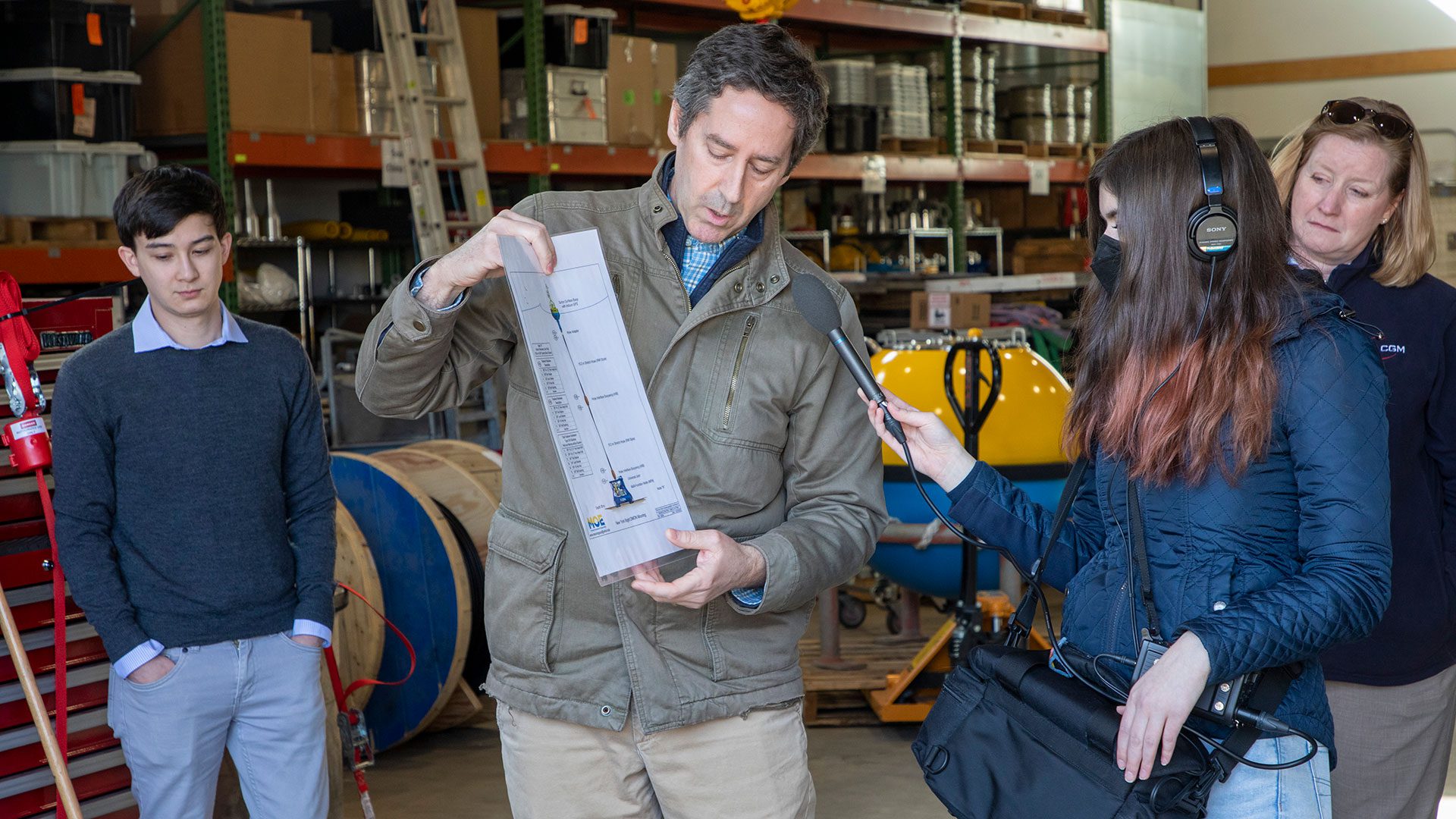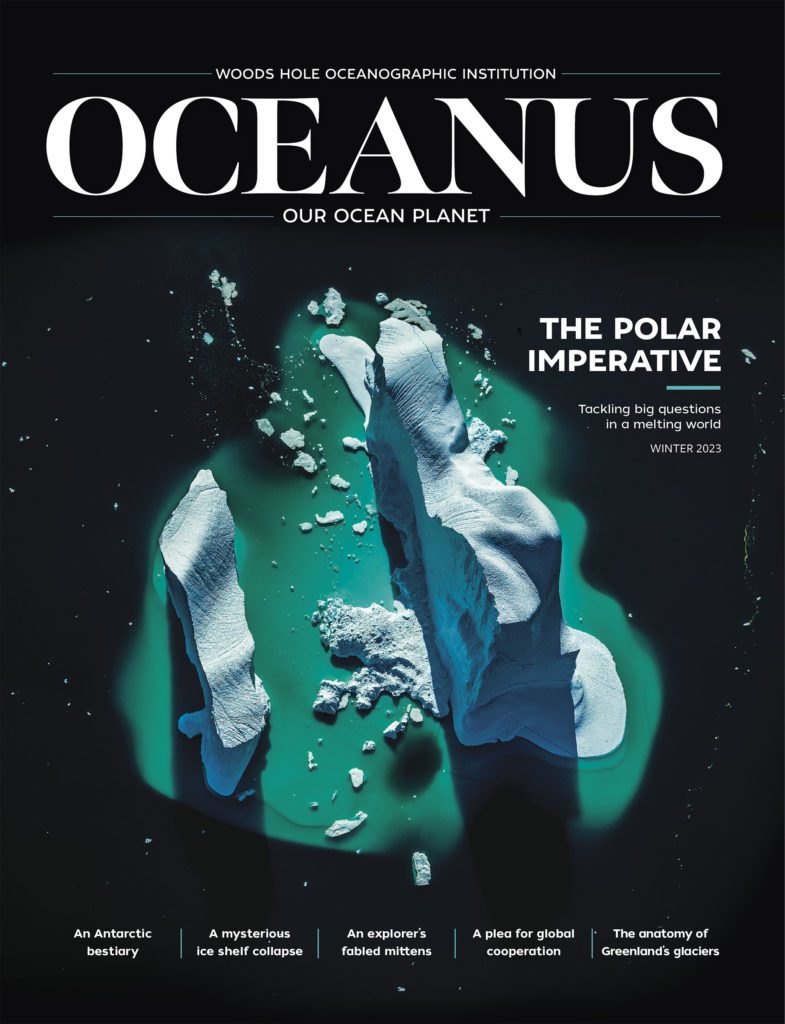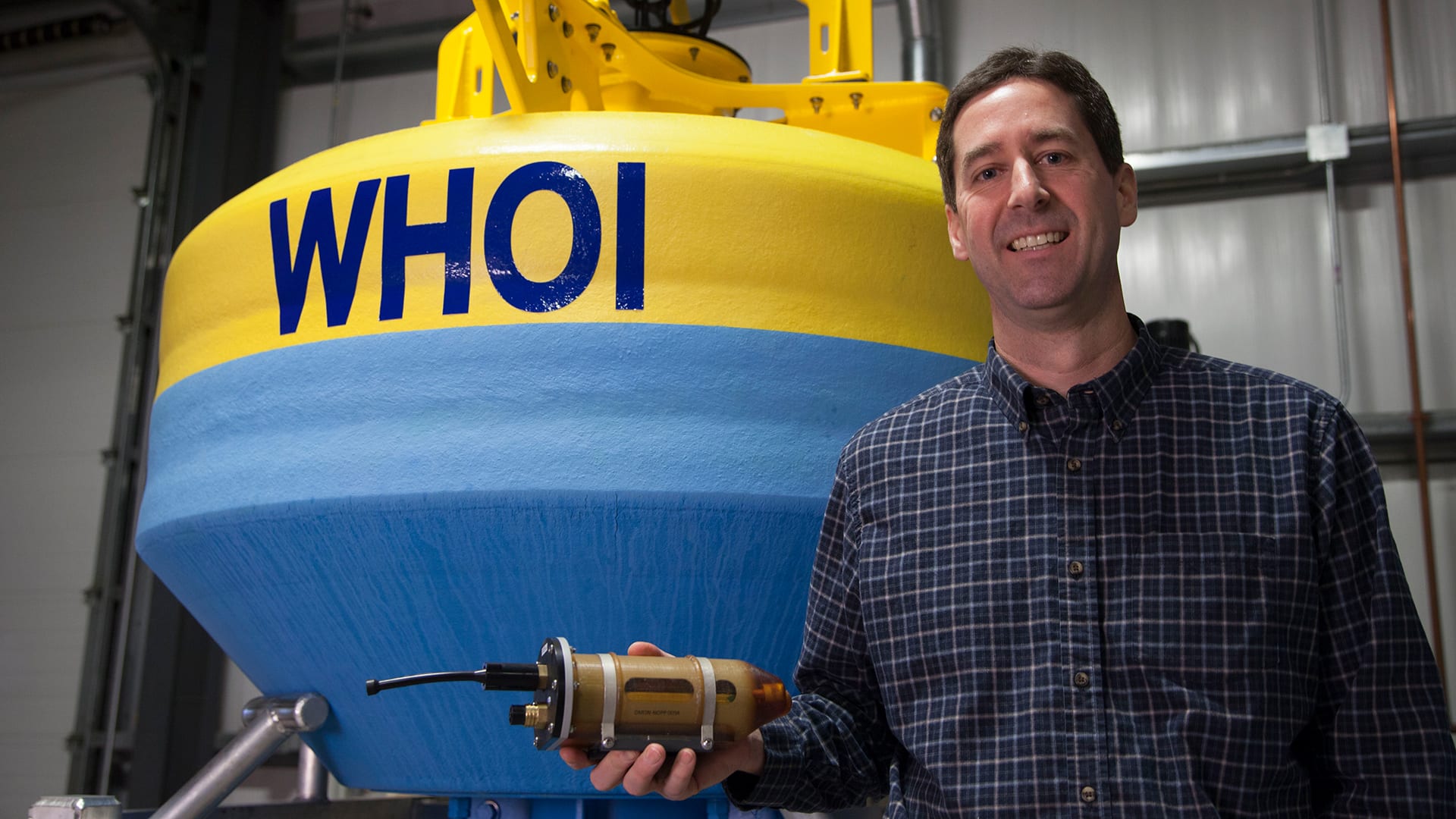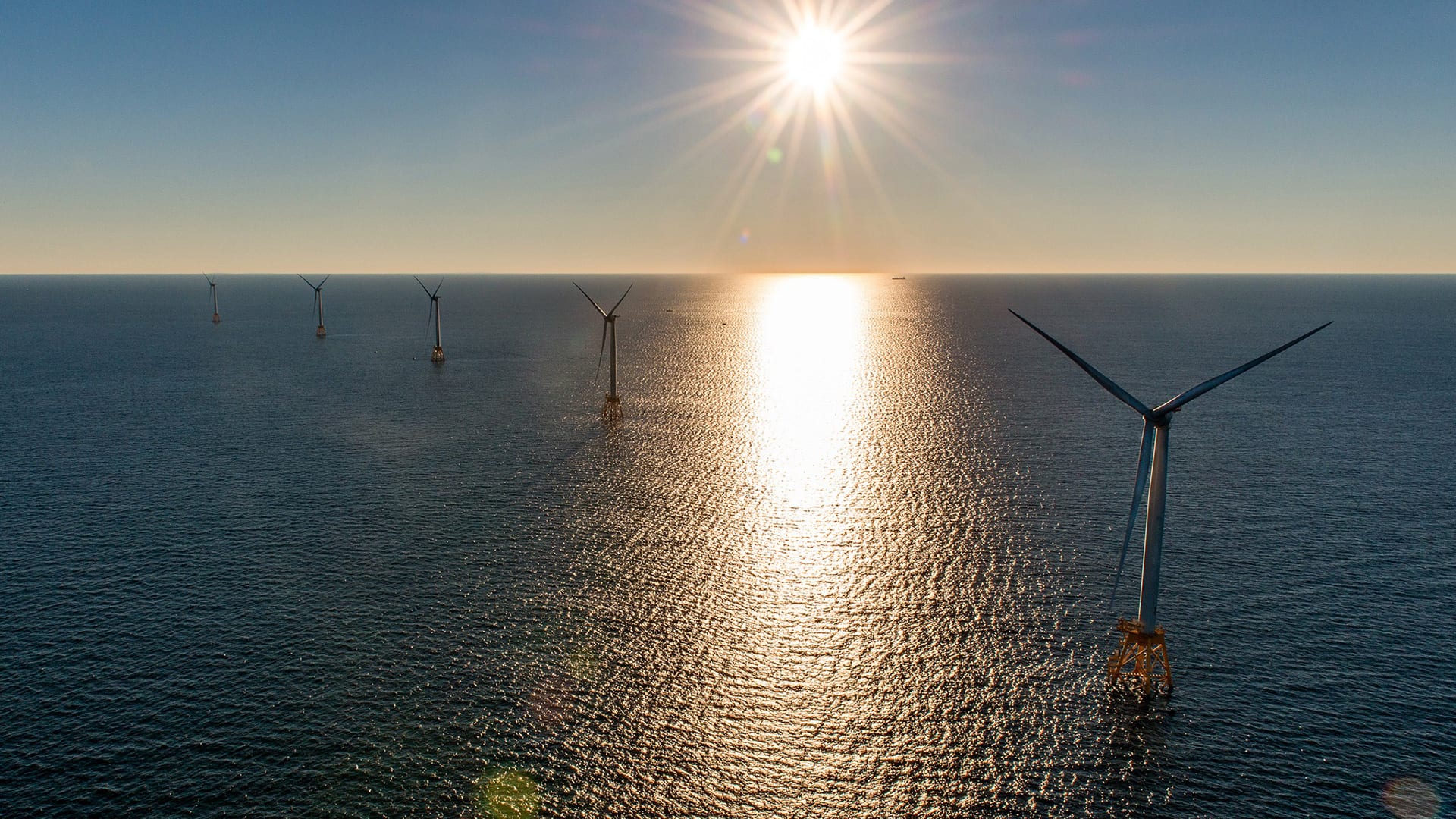Estimated reading time: 4 minutes
A collection of seemingly grass-roots organizations claim that offshore wind projects are responsible for an uptick in whale deaths. But there’s no evidence to support their claims. Whales have been dying in larger numbers for many years, but offshore wind isn’t the reason why.
Many whale deaths go unreported because the animals don’t always wash up on shore. For those that do, a team of scientists is often quick to secure the carcass for a necropsy, which can help determine cause of death. According to WHOI whale biologist Mark Baumgartner, offshore wind has never been found to be a contributing factor.
“Of all the right whales that have died over the last several decades,” he said, “the cause of death for juveniles and adults is always vessel strike or fishing gear entanglement.” That’s true for the critically endangered North Atlantic right whale as well as other whale species. Curiously, those causes of death aren’t mentioned in anti-wind save-the-whale campaigns.

WHOI whale biologist Mark Baumgartner discusses an acoustic monitoring instrument known as DMON, which listens for and detects whale movements in areas along the U.S. coast. (Photo by Jayne Ducette, © Woods Hole Oceanographic Institution)
Baumgartner’s take aligns with reports from the National Oceanic and Atmospheric Administration (NOAA) suggesting that there are no known links between large whale deaths and ongoing offshore wind activities. The East Coast is in the midst of a seven-year whale die-off that caused the agency to declare an Unusual Mortality Event (UME) for humpbacks in 2016 and for minke whales and North Atlantic right whales in 2017.
Large numbers of whale deaths happened before wind development efforts got underway. In 2017, people found 17 dead right whales—a huge number given their small population size. Most of these were found in the Gulf of Saint Lawrence, a place right whales historically visited only occasionally. Another significant die-off happened in 2019.
Those deaths were likely influenced by climate change, Baumgartner said. Scientists think “climate change was changing the distribution of their food.” Following their prey, the whales traveled farther north than they had before, into areas without protection. It wasn’t that people weren’t willing to protect them in these locations, simply that no one expected the whales to show up there. A major shipping channel coupled with lobster and snow crab fisheries were lethal threats to the whales.
“It's no surprise that [the deaths] happened, but we just weren't ready for that, at all. So we didn't have conservation measures in place,” Baumgartner said.
Right whales have continued to visit the Gulf, and protections have since been enacted, with clear benefits to the whales.
Offshore wind isn’t the most serious threat to whales, but it does pose potential risks. The biggest, to Baumgartner, is increased ship traffic associated with the wind farms, which could lead to ship strikes. A second concern is noise.
Whales rely on sound to communicate and navigate in areas where it’s difficult to see more than 20 feet (6 meters). “If you want to know where the sea floor is, where your friends are, any number of things about the environment, whereas we rely on our eyes, whales are relying just as much on their ears,” said Baumgartner. Noise can interfere with that use of sound, and—just as with people—very loud noise can injure their hearing.
That’s a problem during wind farm installation, when massive monopiles are pounded into the ocean floor to create the base of a wind turbine. “That piledriving can be very, very, very loud,” said Baumgartner. Piledriving when whales are nearby would cause catastrophic hearing damage. So, it’s essential that this stage of the process only happens when whales are not in the vicinity.
When whales migrate to other regions, it makes for an ideal window of time for wind turbine installation. But the window isn’t long enough to efficiently install an entire wind farm, Baumgartner pointed out. Scientists, in addition to wind developers and government agencies, are interested using a variety of monitoring systems to watch and listen for whales. Such systems would allow installation crews to work even during times when whales might be in the area, but they would alert everyone should a whale swim too close. At that point, ships would be slowed, piledriving would cease, and work would remain on hold until the whale moved on. The idea is to provide the best possible outcome for both industry and marine life.
Baumgartner cited one final concern with the wind farms: food. Wind mixes the upper surface of the ocean. “Mixing is quite important for the algae in the ocean, because that mixing tends to draw nutrients from below the surface ocean into the surface ocean, into where the light is and where the phytoplankton are,” he explained. Copepods feed on the phytoplankton and are, in turn, a favorite food of right whales.
Turbines remove energy from the wind, converting it into electricity, which reduces the amount of wind available to mix water. That could have an impact on all levels of the food chain. At the same time, the monopiles that hold up the turbines can create mixing on their own, just as rocks create turbulence in a stream. This could counteract the loss of mixing by wind. The extent of their impact on the coastal food chain remains an unanswered question.
But Baumgartner is optimistic. “I’m a little skeptical that this is going to be a major problem for whales, given that yes, there are going to be a lot of turbines out there. But given the spacing—the large area over which they are distributed—I’m not convinced that this is going to be a major problem for algae and copepods and right whales.”
The bigger issue facing the whales is climate change, he says. And installing wind farms will help mitigate a changing climate, which can only help the whales.
This story was updated on 5/17/24.




